How to select a Mountain Bike
If you are a beginner and planning to get yourself a new MTB, then I know how bewildered you must be right now, my friend.
What specs to look for? What brands to go with? How much do you need to spend on your bike?
Gosh! There are so many questions of which you know no answers. Choosing a bike is as difficult a decision to take as selecting a life partner. When you are going to spend so much time on your bike, it shouldn’t be a bumpy one.
A Hardtail MTB
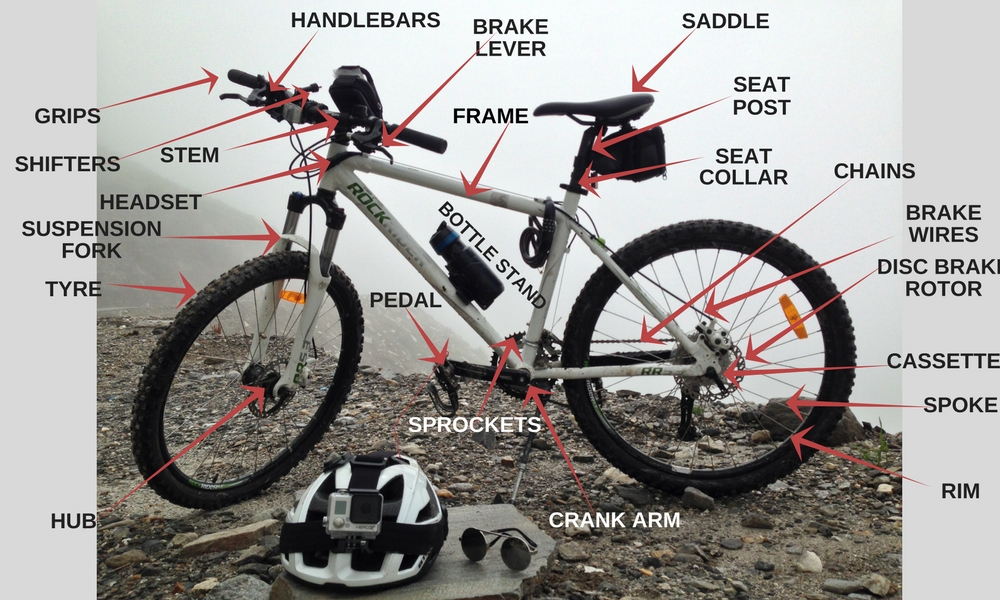
If you are struggling with choosing an MTB, take a deep breath and begin with this small step.
First,
What is your purpose?
Is it for leisure? Cross-country? Downhill riding?
The nature of the trails dictates a lot about what all specs your MTB should necessarily have. A person who rides on planes more often will have different requirements than from the person who likes to go off-road or venture into Manali-Leh Cycling Expedition which is a combination of various biking styles like cross-country and downhill.
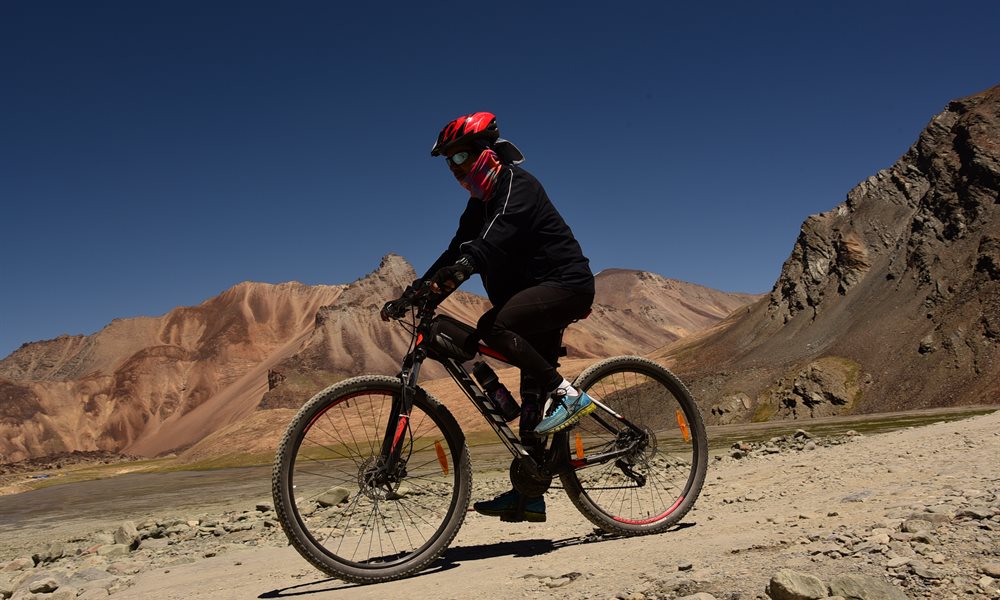
What all specs your MTB should have?
When you go into a bike shop, here are the specs you should look for while selecting your MTB:
1.Suspension
the function of suspensions in a bike is to insulate the rider from any kind of shocks on terrain. There are two types of bikes based on suspension systems; Hardtail and Full suspension.
Hardtail Bikes have suspensions only in the front which helps absorbs the shock from the front wheel. these bikes are typically less expensive and require low maintenance. Since these bikes allow direct power transfer between the pedal stroke and rear tire, they make an ideal option for less aggressive rides.
Full suspension systems have suspension forks in front as well as rear tyres which drastically reduces the impact on the rider, increases traction,and provide more comfortable ride. The bikes with full suspension are costlier and require a lot more maintenance. So if you are planning to pull stunts on aggressive downhill trail, full suspension bikes are recommended.
Another important feature is the front suspension lock which is very helpful in minimising effort on uphill biking.
So, go for Hardtail with front suspension lock feature if you are planning a Himalayan MTB ride. Any bike without even front suspension is not recommended for Himalayan rides.
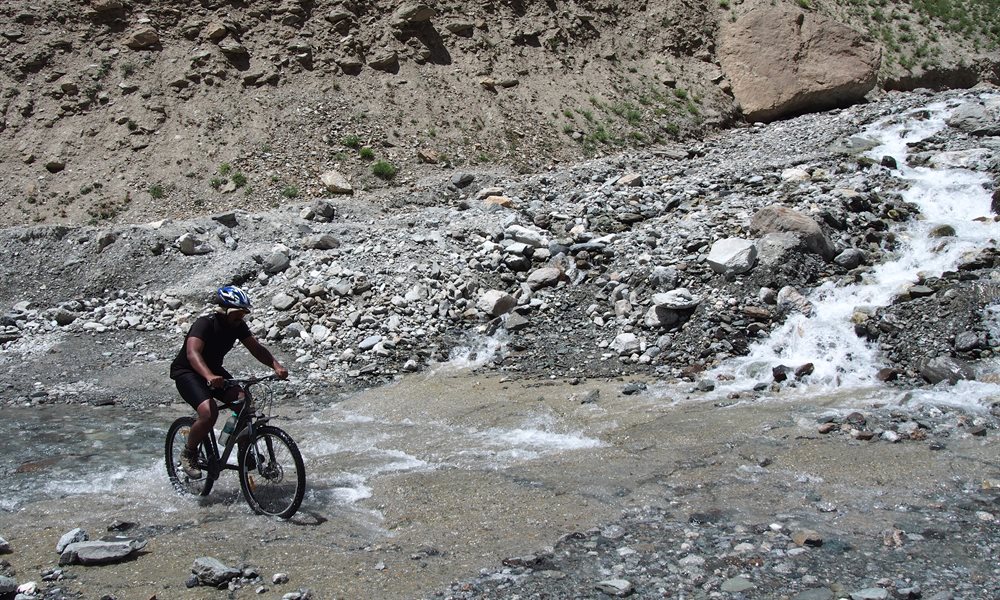
2.Wheel Size
Earlier there was just one wheel size- 26 inch diameter. Then came the 29 inch diameter, and the debate which one is better.
To have a middle ground, manufacturers settled on 27.5 inch which you will now usually find in most MTBs.
Diameter of the wheel makes a lot of difference in the performance. While 27.5 inch is lighter and faster, 29 inch wheel is more efficient and have better traction. 29 inch wheel also have better attack angel which means they roll over an obstacle more easily but 27.5 inch bikes have more flexible frame.
If you are a tall rider, 29 inch is the pick for you. For short riders, stick with 27.5 inch diameter.

3. Brakes
There are two types of brakes in a bike; rim brakes (V-Brakes) and disc brakes.
The entry level bikes came with rim brakes while disc brakes are the recent thing and creating revolution in the world of MTB.
There is no denying that disc brakes have better stopping power than rim brakes. The power in disc brakes is easily modulated and easier to control than in rim brakes. They are more successful in wet weather like snow, rain,or slippery trail.
But rim brakes are easy to install and require low maintenance. Hydraulic disc brakes are also easy to install but they require proper maintenance which can be bit time consuming and expensive.
For most Himalayan rides, disc brakes recommended because you would have long downhill rides where your speed would increase upto 60+Km/hr. You can use V brakes as well but your hands would feel the pressure of pressing the brake lever consistently. Disc brake levers are much more comfortable.

4. Frame
Material of the frame influences bike’s weight, strength, longevity and ride quality. The finer the frame is, more expensive it will be. Therefore, choosing a frame of your bike is a compromise between your budget and the weight.
What you should look for frame is the material, weight, the geometry, and your weight too. If you are an aggressive biker, then your bike should have an aggressive tube angle of 72-73 degrees
The most common frame that you will find in an MTB is of aluminum alloy. It is light, strong, stiff, and relatively cheaper. The lighter aluminum alloy frames are costlier because of the finer material used and obviously its lightweight.
Steel frames are inexpensive but they are heavier in weight. And, they corrode faster.
Titanium and Carbon frames are sturdy, lightweight, but very expensive.
So, overall you would need at least aluminum alloy frame for any Himalayan MTB ride.

5. Number of gears
Number of gears = Number of front chain rings x number of sprocket on rear hub
A lot of gears on your MTB can make it really complex, especially when you are a beginner. What number of gears you should have on your MTB depends upon the trail and your fitness level.
The more gears you have on your MTB, the heavier it becomes. You need lot of gears when you are climbing steep hills. You can get away with fewer gears if you plan to ride in plane areas only.
For Himalayan Biking, the optimum gears your MTB should have is 8x3. 7x3 gear shifting also works, but no less for riding in Himalayas.
Bottomline for a Himalayan Expedition like Manali Leh Cycling
Suspension - Hardtail with front suspension lock
Wheel Size - 29’’ for 5’10’’ & taller | 27.5’’ for shorter people
Brake - Metallic Disc
Frame - Aluminium Alloy
Gears - 8X3 (24) recommended and 7X3 (21) Minimum

What Brand to select and how much to spend?
I asked Ritvij to classify some of the popular brands of India and here is his take. Sushant agrees.
Grade 1 Brands popular in India:
If budget is not your constraint,you can go for brands like Trek, Giant or Scott. You can select your preferred models from any of these brands but any bike with all desired specs for long Himalayan expeditions would cost at least around INR 30k.
Grade 2:
Whatever is your budget, your MTb should have all the specs mentioned above. You can get a MTB in the range of INR 20-30k with all the specs in some other brands like Btwin or Merida. Btwin by Decathlon have got a whole reliable range for beginners. Merida is another very good option but its availability across cities is an issue in India.

Grade 3: Pocket friendly brands
There are cheaper brands like Montra or Firefox which can offer similarly specs in price range around 20K.
Ideally brand should not matter with proper specs but practically it does because of the process they follow for manufacturing the bikes. Having all specs is one thing and synchronising them together perfectly for comfort, performance and durability is a different ball game altogether. With my overall saddling experience of 1000+ Kms in the Himalayas, I can assure you that the money you invest for choosing a better brand would be totally worth it.
*Please note that the recommendation of brand is completely a personal opinion based on experience of riding on Himalayan terrain. It is by no means a judgement of calbre or capability of a brand. Ritvij & Sushant are founders of Bikat Adventures and both of them have completed many cycling expeditions in the Himalayas including Manali Leh & Manali Chandratal among others.
Apart from the specs, what you should verify is how it fits when you mount the bike. It should be right for your height, flexibility,and comfort. Go to a bike store to get the best fit for yourself. Have a test ride before finalising if the store has test-ride policy.
Your job isn’t done after buying. MTB demands as much maintenance as a car for prolong run. Once you buy a bike, learn to how to maintain it. Take it to a bike shop regularly if you don’t know how to do it yourself.
Along with a good MTB, you must invest in cycling clothing and equipment to make your ride a joy ride.


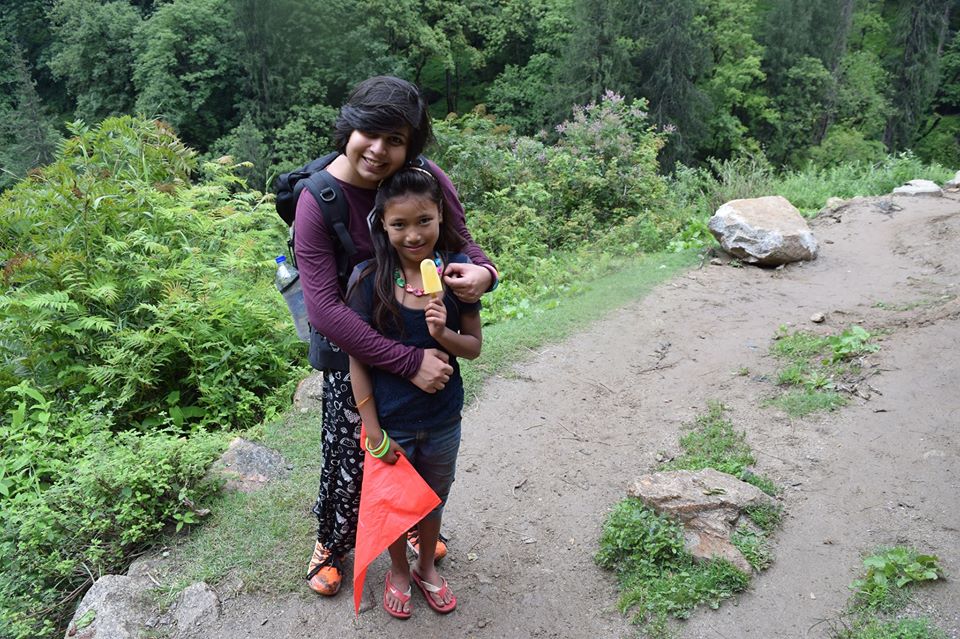
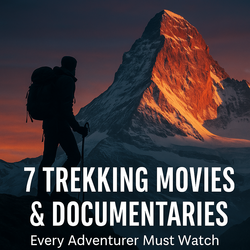
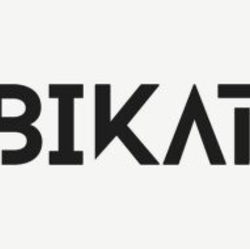
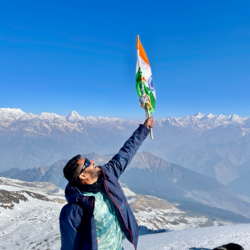
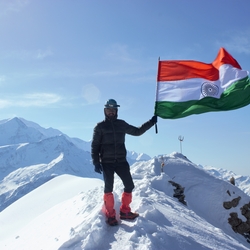
Good guide and well thought out. I have to weigh all of these information as I decide on choosing the right mtb for me. Thanks.
A very perfect guide to follow, I have enjoyed reading them. It provides us all the perspectives about selecting the right mtb. Good luck to all of your endeavors! Thanks!